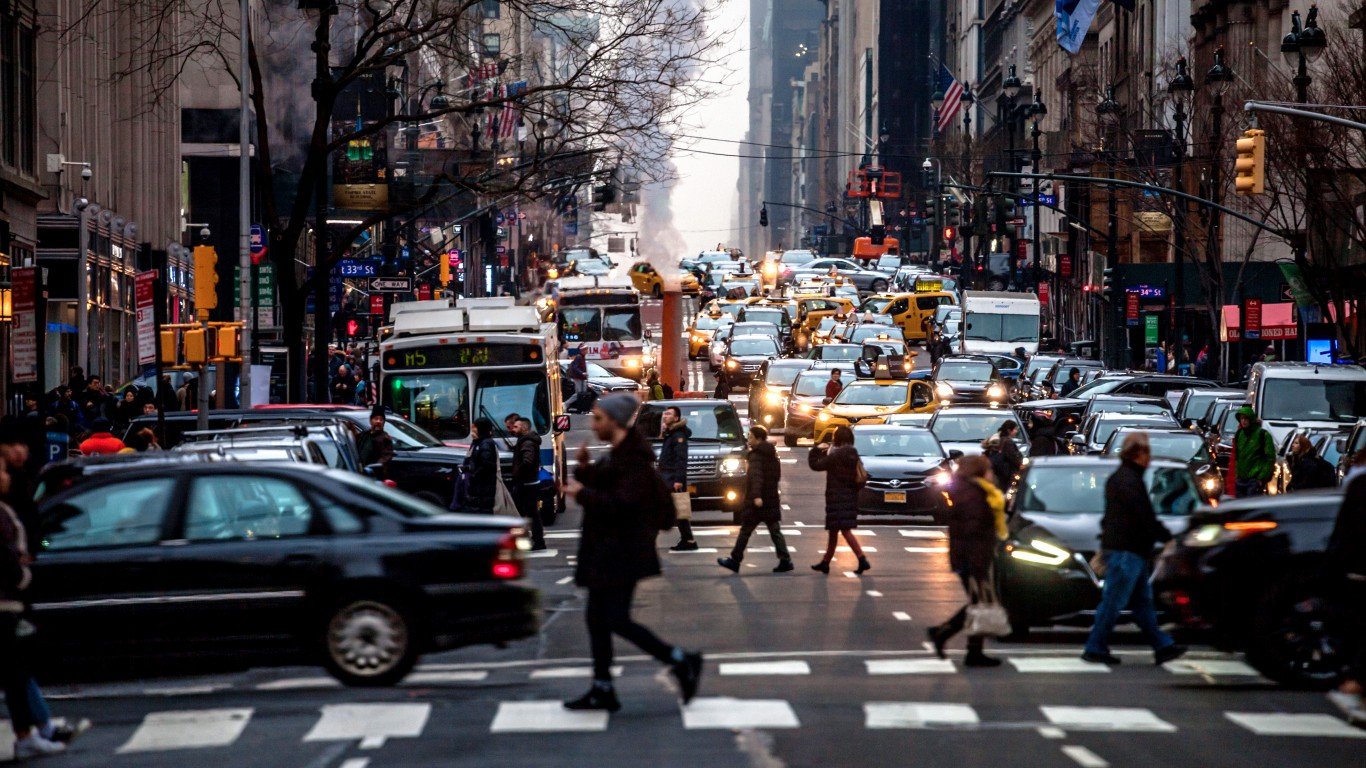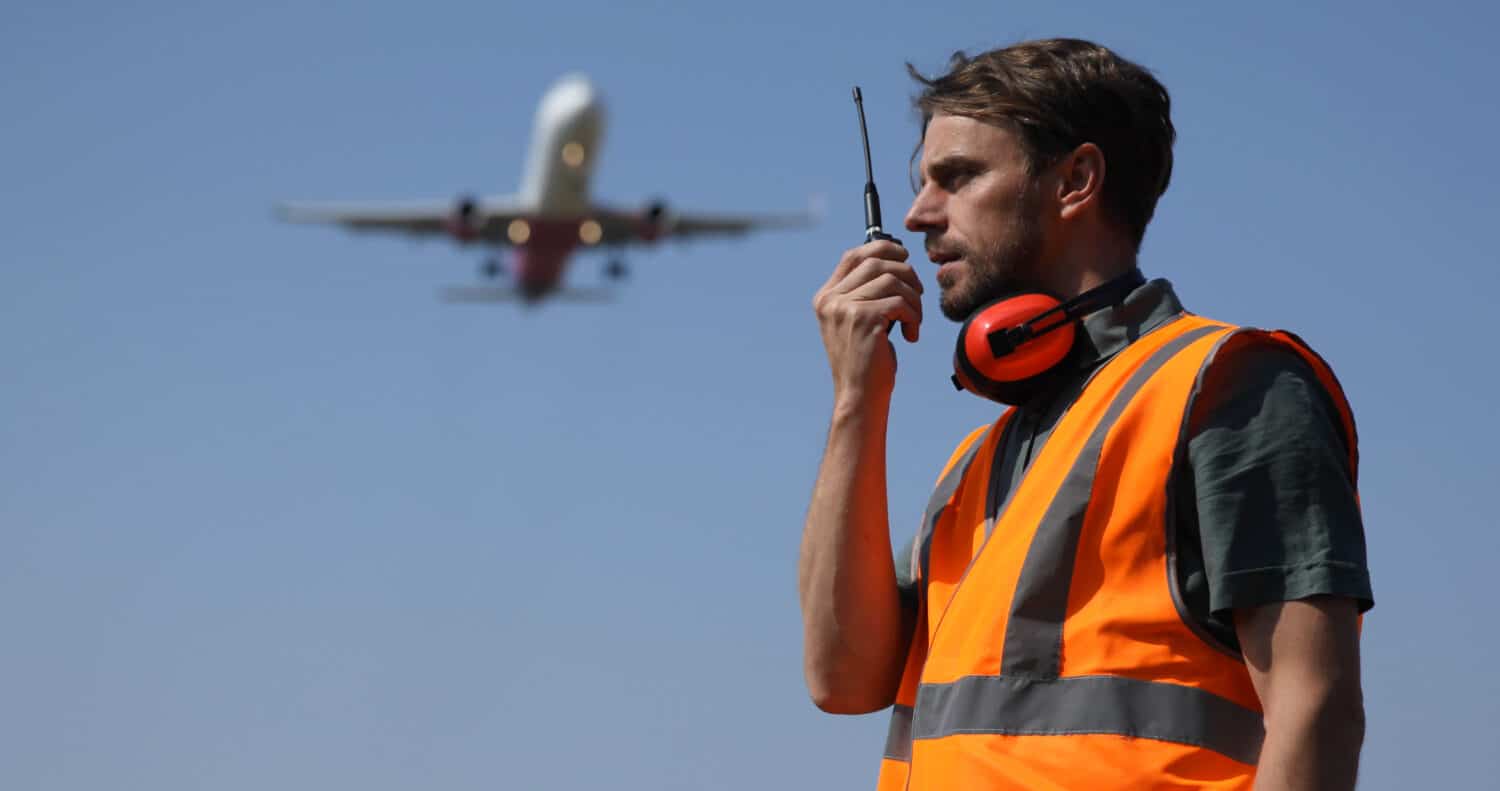

Millions of people have a fear of flying. Even for those of us who don’t we have to admit we hold our breath sometimes on takeoffs and landings and feel slightly alarmed at signs of turbulence. But commercial airliner crashes are exceedingly rare. A statistician at MIT specializing in airline safety calculated that between 2018-2022, the chances of dying on a flight anywhere in the world were only 1 in 13.4 million. You’re vastly more likely to perish in a car accident (your odds are 1 in 93) or even from sunstroke (1 in 4,655).
That level of safety doesn’t mean the odds are zero, though. In fact, over a hundred times a year, an airliner has an “incident” that, in some cases, could jeopardize the safety of a flight. We’ve consulted data from the National Transportation Safety Board and Reuters to compare incidents happening each year on commercial airplanes of the two heavy passenger aircraft manufacturers: U.S.-based Boeing and the European company Airbus.
Relevance of the Topic
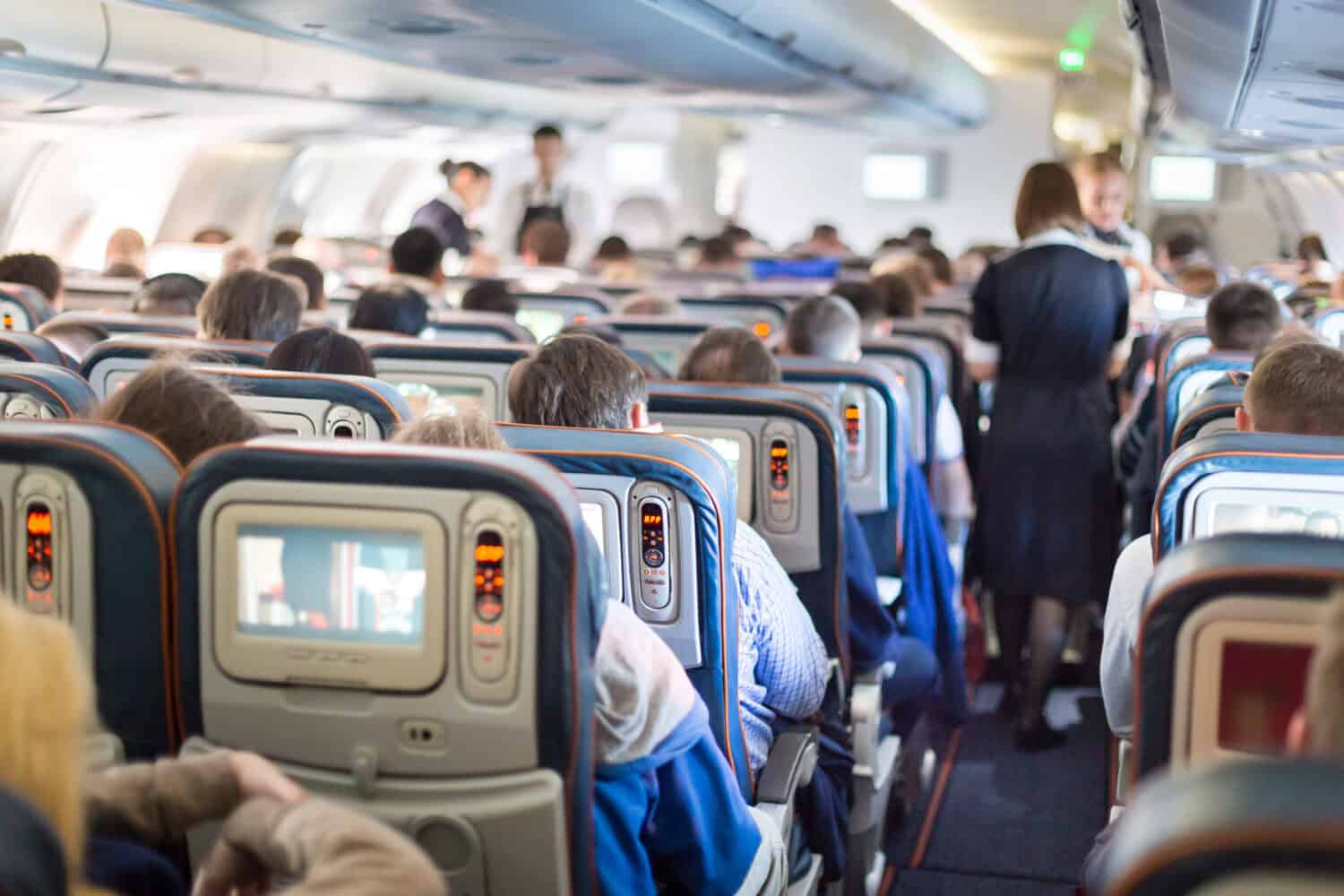
The safety of commercial aircraft is a topic of obvious concern to passengers, especially those who fly frequently for business or pleasure. It’s also a matter of interest to investors who need to know whether the major manufacturers are a good investment. Finally, even if we don’t fly or invest, the success or failure of such major companies can have a ripple effect on the whole economy, affecting all of us. Serious accidents can lead to increases in insurance rates, loss of orders for new aircraft, layoffs of employees, and reduced tax revenues for the government that will have to be made up somewhere else . . . or borrowed.
What Is an “Incident?”
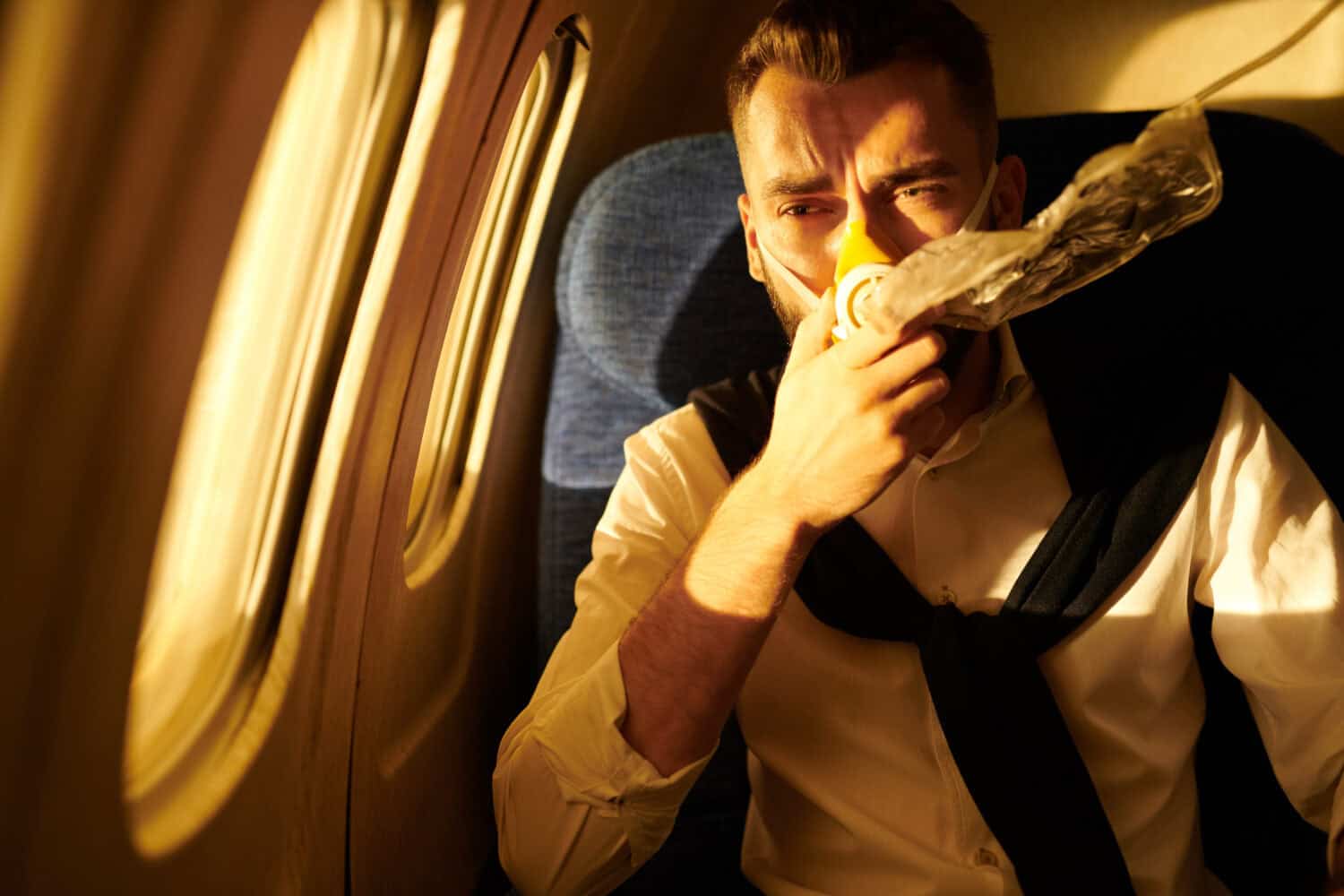
Just to get our terminology straight—in aviation, an accident is an event that happens while people are on an airplane that causes serious injury, death, or destruction. An incident is an event that happens during an airline operation that could compromise safety but doesn’t result in an accident. According to Skybrary, these are some examples of reportable incidents that can happen on aircraft:
- Engine failure
- Fires
- Near collision with terrain or other aircraft or obstacles
- Flight control and stability problems
- Take-off and landing problems such as aborted take-offs, under- or over-shooting the runway or landing with wheels up.
- Flight crew incapacitation.
- Decompression
- Faulty procedures
- Equipment or structural failures
- Fuel quantity requiring the pilot to declare an emergency
- Failure of more than one system in a guidance and navigation system with mandatory built-in redundancies.
Boeing

Boeing is a global leader in aviation technology, designing and manufacturing aircraft, rockets, satellites, and missiles for companies and governments around the world. It brings in the largest export revenue of any American company. In 2023 it generated $77.8 billion in sales. Over 10,000 Boeing commercial jetliners are in service around the world, which is about half of all passenger airplanes in service. Most of these aircraft are the Boeing 737, 747, 767, 777, or 787. The company is based in Arlington County, Virginia.
Airbus

Airbus SE is a European multinational aviation company that was formed in 2000 from the merger of separate French, German, and Spanish companies. The company’s main office is located in Blagnac, France. Airbus designs commercial aircraft, rockets, and helicopters. In 2019, it surpassed Boeing as the largest airliner manufacturer and is the world’s foremost helicopter producer. Its total revenue in 2023 was $70.83 billion. Its main aircraft in service today are the A220, A320, A330, A350, and A380.
Boeing and Airbus Flight Incidents
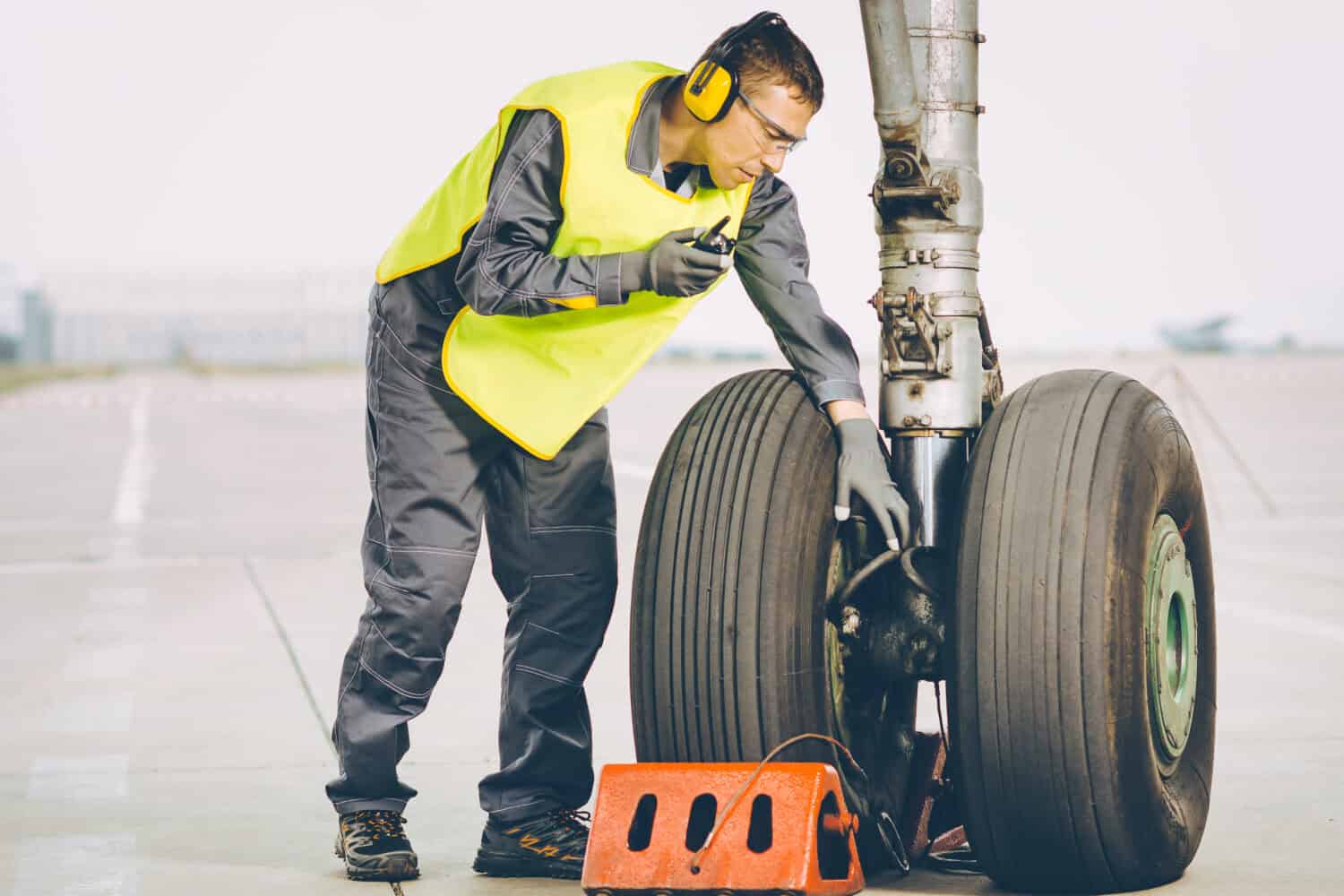
Here is a comparison of the number of flight incidents reported on Boeing and Airbus aircraft.
| Year | Boeing Incidents | Airbus Incidents |
| 2014 | 66 | 13 |
| 2015 | 71 | 21 |
| 2016 | 102 | 22 |
| 2017 | 108 | 24 |
| 2018 | 112 | 25 |
| 2019 | 86 | 37 |
| 2020 | 58 | 22 |
| 2021 | 99 | 24 |
| 2022 | 111 | 32 |
| 2023 | 137 | 40 |
| 2024 | 20 | 4 |
Is Boeing More Dangerous?
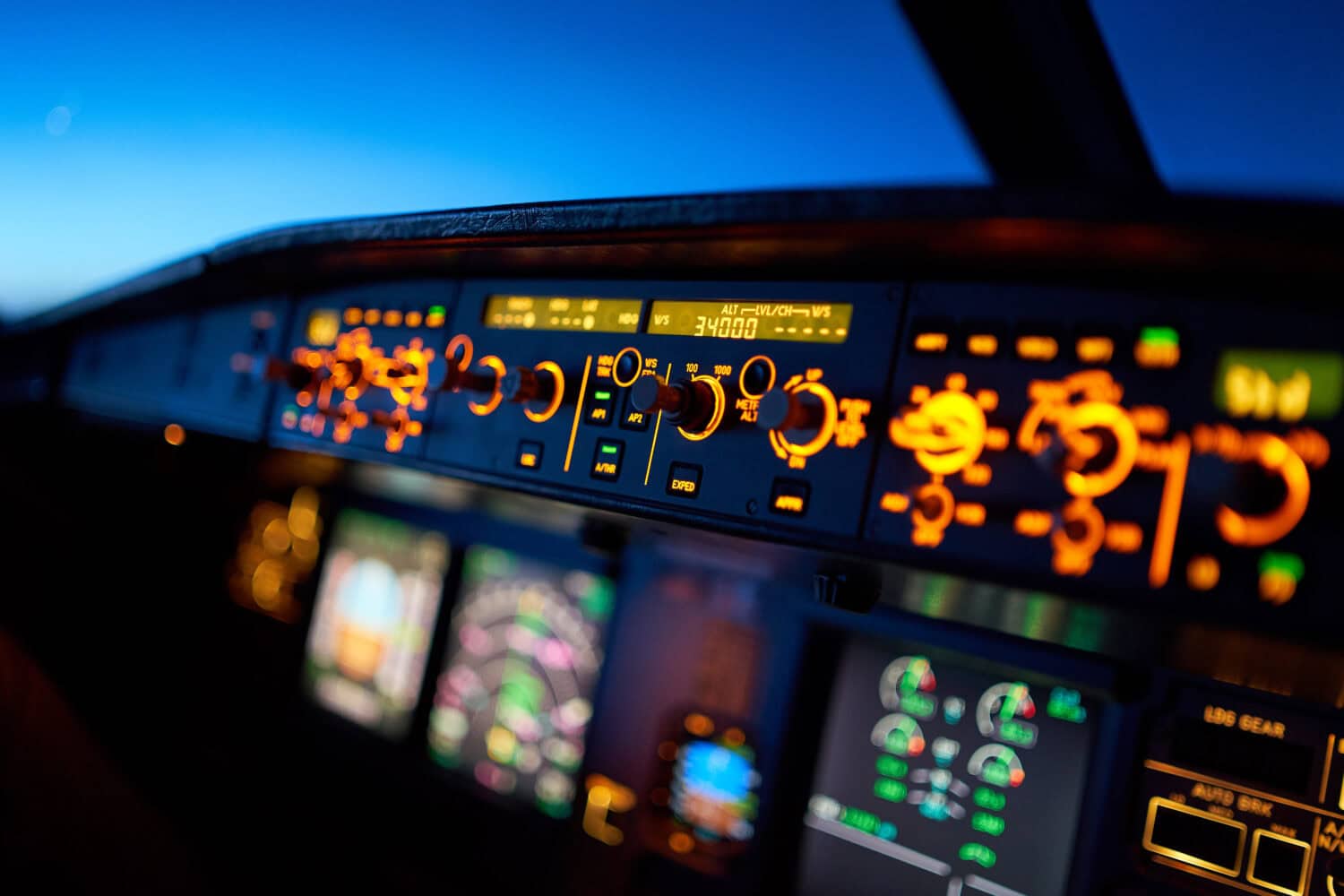
Although, on the surface, Boeing’s larger number of incidents may make us think their planes are less safe, there are other factors to consider:
- Boeing focuses on durable structural design and crashworthiness, while Airbus puts more emphasis on automation to minimize pilot error.
- Boeing flies more flights than the Airbus, so it has more incidents.
- Boeing has fewer actual crashes: 1 crash per 184 million flights, while Airbus has one per 81 million flights.
- A study by the Aviation Safety Network showed that the fatality rates for the Boeing 737 Next Generation and the Airbus A320 are almost identical.
Why is Air Travel So Safe?
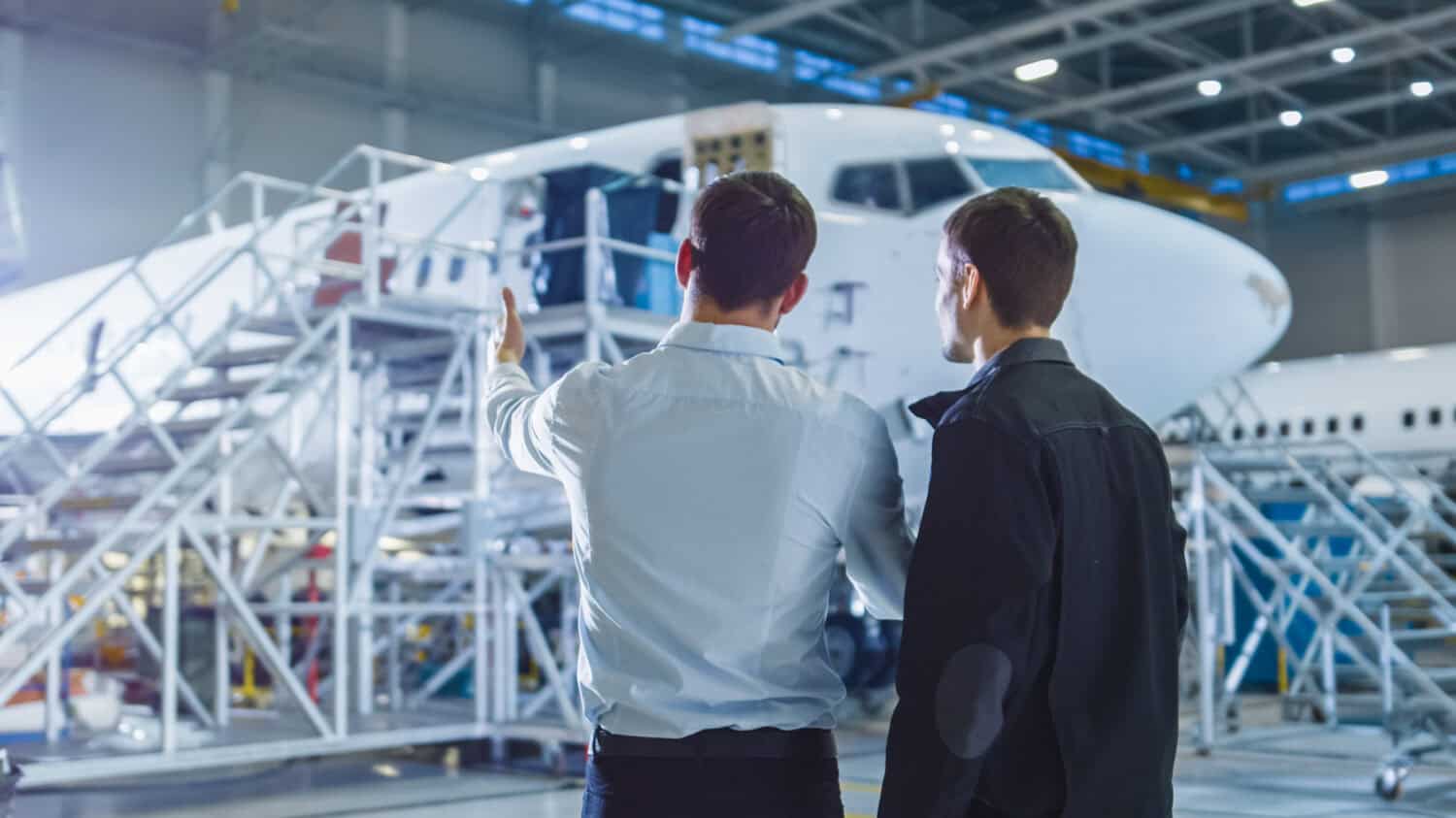
With Boeing and Airbus actually having similar safety profiles when all factors are considered, why is air travel, overall, so safe? Experts point to three main reasons:
- Strict federal regulations for the manufacture, maintenance, and operation of airplanes have reduced the number of incidents and accidents.
- Technology and engineering have advanced by leaps and bounds. For example, computer technology to monitor plane systems and fly autonomously has become increasingly sophisticated.
- The Federal Aviation Administration has set up self-reporting programs so that airline operators will report problems without fear of repercussions.
How Can You Fly Even Safer?

If you want to improve your chances of surviving even more than the 13.4 million-to-1 favorable odds you already have, here are some suggestions:
- Pay full attention to the flight attendant’s safety briefing every time you fly. Over time, you will know it so deeply that you’ll be able to recall it easily in an emergency.
- Wear your seat belt whenever you are seated so you won’t have to fumble for it during turbulence or a more serious emergency.
- The safest seats in the airplane are in the rear cabin behind the wings. Middle seats in the rear have been shown to have the lowest fatality rate, statistically.
- An aisle seat can also be a good choice. It will allow you to evacuate more quickly without waiting on or climbing over other passengers.
- Wear comfortable clothing that will allow you to move quickly, running if necessary.
- Wear shoes that will stay on your feet in an impact (not sandals) and keep them on at least during takeoff and landing, if not for the whole flight.
- During an evacuation, abandon bags and luggage. Fire and smoke can engulf the cabin in seconds. Prioritize getting yourself out.
- Remain as calm as possible during an emergency so that you can remember safety protocols, follow instructions, and assist other passengers.
If you’re doing all that on top of the airline’s already stellar safety record, then hopefully, the odds will be ever in your favor.
Thank you for reading! Have some feedback for us?
Contact the 24/7 Wall St. editorial team.



